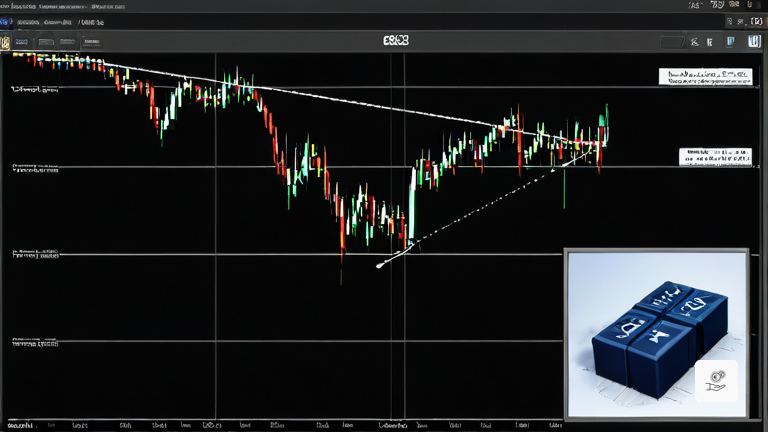Mastering the Art of Trading: Crafting a Winning Strategy for Traders

The Power of Strategic Planning in Trading
Establishing precise and pragmatic objectives marks the initial phase in formulating a triumphant trading blueprint. These objectives will act as your compass throughout your trading expedition, ensuring you stay inspired and disciplined, particularly during tumultuous market phases.
The Significance of Setting Trading Milestones
Every victorious strategy commences with a target. Only when that target is realized can we affirm the success of a course of action. This principle is equally applicable to trading.
Establishing practical trading goals steers you in the right direction as you navigate the financial landscapes. Goals offer you a focal point, aiding you in prioritizing your endeavors and making informed decisions. They serve as a guide to prevent you from being easily swayed by impulsive trading choices based on emotions.
Trading can be demanding and stressful, particularly during periods of heightened market volatility. By setting goals, you are consistently reminded of your trading purpose, fostering discipline and enhancing motivation.
Crafting Realistic Trading Objectives
A fundamental rule of trading objectives: keep them grounded in reality. If a goal lacks realism, it is mere wishful thinking.
Realistic objectives, as defined by the dictionary, are those that demonstrate a rational and practical concept of what can be accomplished or expected.
As a trader, this implies that your objectives must be attainable, considering your trading skills, capital, timeframe, dedication, and motivation level.
The Impact of Unrealistic Goals on Traders
Unrealistic goals can lead to dissatisfaction and frustration in trading. They can erode confidence and motivation when traders consistently fall short of ambitious or unattainable targets.
Such goals can also heighten the risk of emotional trading, resulting in impulsive and costly decisions. They can negatively impact trading performance, leading to poor decision-making and suboptimal outcomes.
Unrealistic goals impede progress tracking, hindering the ability to objectively assess performance and optimize strategies for long-term success.
Strategies for Establishing Achievable Trading Goals
To set realistic trading objectives, it is crucial to identify the types of goals suitable for your trading approach, time frame, and financial goals.
Short-term and long-term trading objectives cater to different time horizons, offering targeted objectives for specific periods.
Aside from performance-based goals, educational and self-development objectives play a vital role in a trader’s growth.
Tailoring Goals to Your Trading Style
Identifying your trading style is essential in aligning goals with your approach. Factors like trading horizon, risk tolerance, and market expertise influence your trading style.
Defining and aligning goals with the S.M.A.R.T framework ensures clarity, measurability, achievability, realism, and time orientation.
Evaluating your trading style in relation to your goals helps in maintaining consistency and making necessary adjustments.
Monitoring Trading Progress for Growth
Tracking progress is vital for evaluating performance and identifying areas of improvement. Maintaining a trading journal aids in objectively assessing performance and market conditions.
Goal adjustment based on performance evaluation is crucial to ensuring goals remain realistic and aligned with trading style.
Reflecting on Progress for Motivation
Reflecting on achievements and setbacks is key to staying motivated. Celebrating successes reinforces positive habits, while analyzing failures provides valuable insights for improvement.
Common Pitfalls in Achieving Trading Goals
Traders often fail to achieve goals due to an obsession with targets, insufficient execution effort, or a lack of discipline in following their trading plans.
In Conclusion
Setting trading goals is imperative for focus and motivation. Balancing ambition with realism and adapting to market conditions are keys to progressing in the trading world.
By tracking progress, making necessary adjustments, and staying disciplined, traders can navigate the complexities of the financial markets with confidence.




